#Lee Nok
Explore tagged Tumblr posts
Text


The Ghost’s Nocturne by Ananas / C.R. Jade - Chapter 79
Lee Nok x Jae-shin
#they really went on a 3 weeks hiatus and came back with a pure smut chap bless#the ghost's nocturne#gwiyagok#the ghosts nocturne#devil’s night song#the ghost’s nocturne#devils night song#jaeshin#lee nok#ananas#c.r. jade#cr jade#manhwa#bl manhwa#yaoi manhwa#bl manga#yaoi manga#mine#manhwa cap#manhwa panels#imma try and upload some more caps from it but they probably wont stay up long#like 90% sure they gonna get flagged#yaoi#yaoi recommendation#yaoi bl
58 notes
·
View notes
Text

and so may your suffering be turned into paradise… and you become my sea of pain and bliss.
guys i am in love with them and their story
#the ghost’s nocturne#yaoi bl#jae-shin#lee nok#ghost x price#jea-shin x lee nok#they fell in love so good ugh#they’re so soft#bl manhwa
26 notes
·
View notes
Text

The Ghost’s Nocturne Ch 78
Men… can’t get wet -
#I love how every time things get tense Jae-shin just goes time to bang#iconic behaviour#lee nok#jae shin#the ghost’s nocturne#the ghosts nocturne#lezhin#korean bl#bl manhwa#bl recommendation#manhwa recommendation
9 notes
·
View notes
Text

Mother and Father are bickering...in the cutest way about the smallest things 😆
9 notes
·
View notes
Text

10 notes
·
View notes
Text
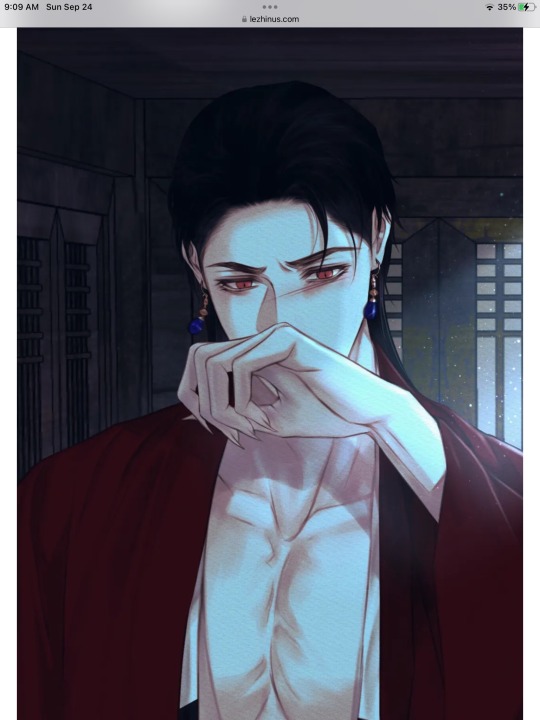
Jaeshin Blushes Have Me In A Headlock!
Oh how I adore him… I love him. This bad, bad, bad, bad, baaaaad boy!
39 notes
·
View notes
Text

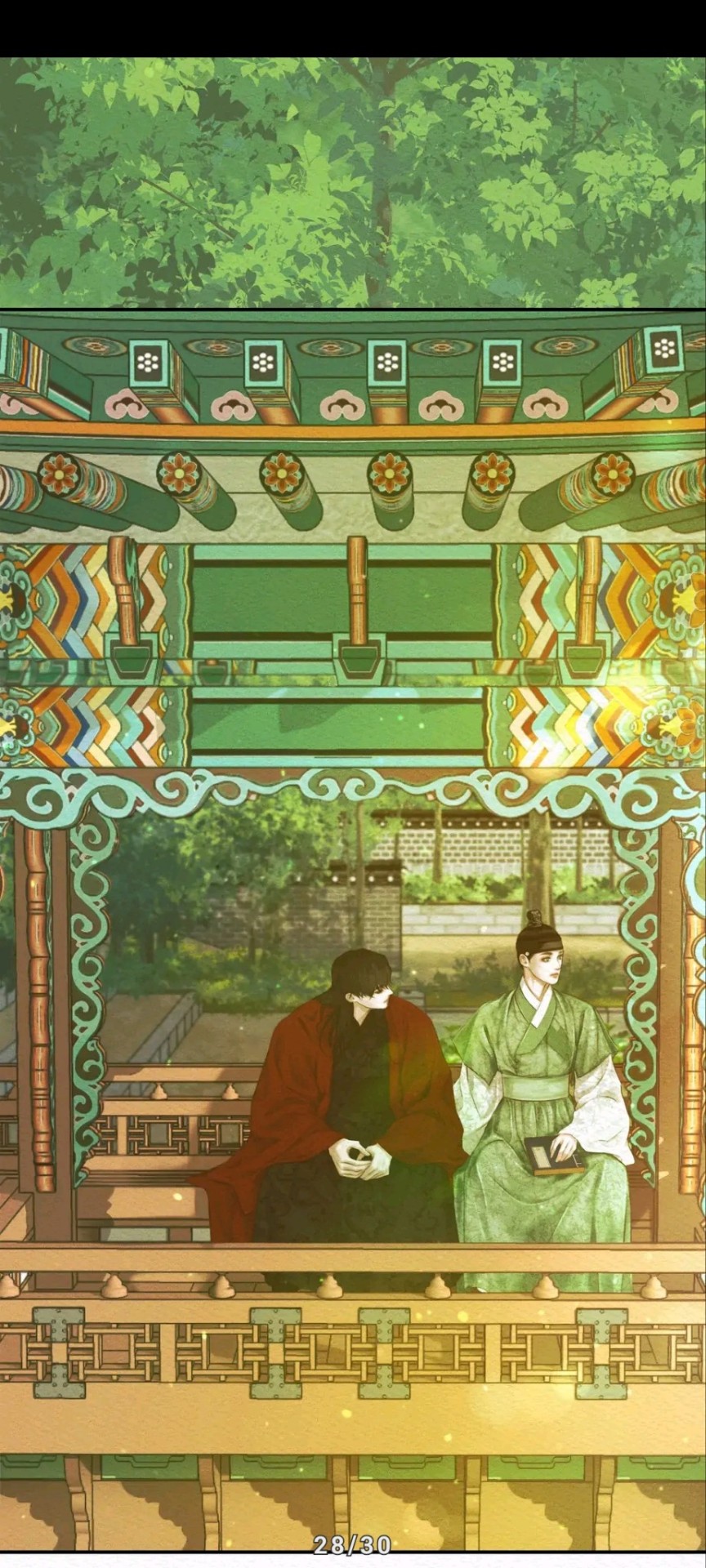
They look so good together!! Also the art is 👏 😍 ❤️💚
26 notes
·
View notes
Text
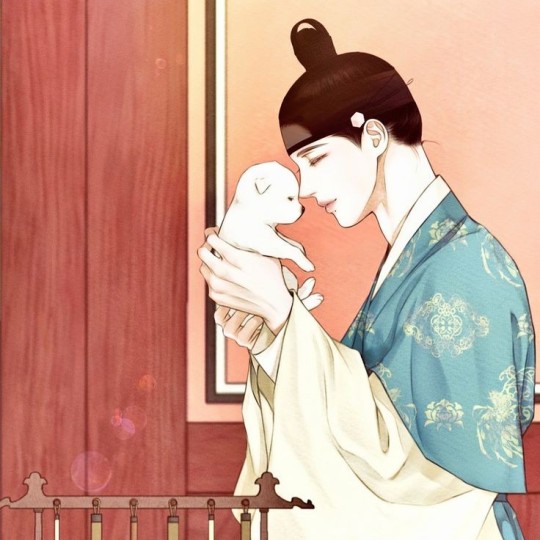
11 notes
·
View notes
Text
The Ghost's 🥀 Nocturne: 🤔 Choose your fate! ⚰️ 👼
#TheGhostsNocturne @ananas4write @c_r_jade #귀야곡 The essay about #jaeshin and #Leenok "🤔Choose your fate! ⚰😇" is finished. Feel free to comment. I hope you'll like it. Retweet/like it as support. Thanks. It contains theories once again.
Please support the authors by reading the manhwas on the official websites. This is where you can read the manhwa. https://www.lezhinus.com/en/comic/ghost_nocturne https://www.lezhin.com/ko/comic/night_song But be aware that this manhwa is a mature Yaoi, which means, it is about homosexuality with explicit scenes. Here is the link, if you are interested in other…
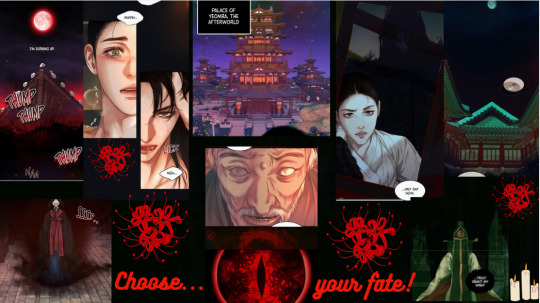
View On WordPress
#analysis#Analyses#ANANAS#C. R. Jade#귀야곡#Jae Shin#Lee Nok#Manhwa#mature Yaoi#Psychology#Queen Han Chae-Hee#Yeom#Yeom-ra
14 notes
·
View notes
Text



The Ghost’s Nocturne by Ananas / C.R. Jade - Chapter 79
#the ghost’s nocturne#gwiyagok#the ghosts nocturne#devil’s night song#the ghost's nocturne#devils night song#jaeshin#lee nok#manhwa#bl manhwa#bl manga#yaoi manhwa#yaoi manga#mine#yaoi bl#yaoi boys#yaoi recommendation#yaoi#manhwa cap#manhwa panels#yeah so it got flagged pretty damn fast 😂
51 notes
·
View notes
Text
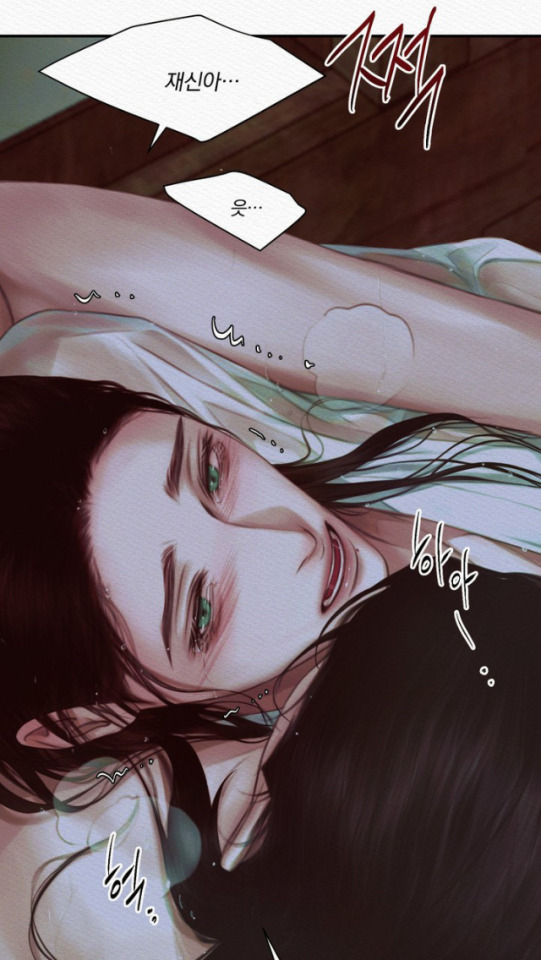
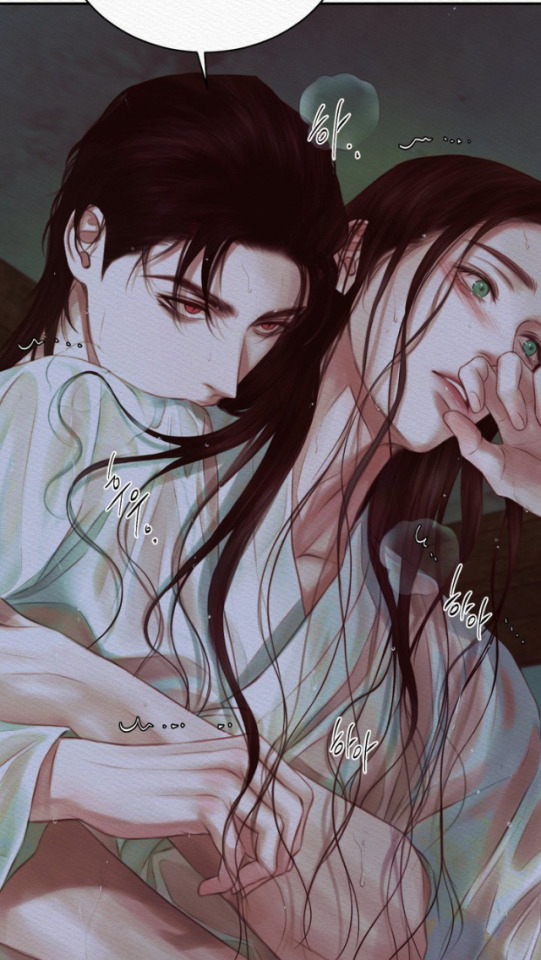
NOK CALLED JAESHIN “JAESHIN-A”

#gwiyagok#the ghost’s nocturne#jaeshin x lee nok#귀야곡#potn#imma shove it in the potn tag too bc y not
52 notes
·
View notes
Text

"How could I not fall for you" 🫠🫠
3 notes
·
View notes
Text
The GMMTV Kissing Multiverse, an Update
EDITED: Hey everyone - update posted here! Follow along with all updates at the tag here
Hello everyone! Thank you all for your help with the GMMTV Kissing Multiverse project so far. I thought I would give an update.
The first draft is here.
Rules
Must be lip to lip contact
Must be shown on screen in a GMMTV tv series (no kisses from ads, promotional content, etc.)
Poll Update
I enlisted all of your help deciding if the WaiKorn sorta kiss from the Bad Buddy x ATOTS Our Skyy 2 episodes actually involved lip touching and if the HeartLiMing kiss from Moonlight Chicken should be included.
The results are in: you voted that Jimmy and Drake's lips do NOT touch, therefore their kiss will be NOT be counted in this project. The HeartLiMing poll resulted in an exact tie (!!!) so I am here to be the tie breaker - upon careful review, if we don't see the lips touch, the kiss doesn't count (I think that will be easier for decision-making in the long run). Therefore, the HeartLiMing kiss will NOT be counted in this project. Thanks everyone for participating!
Breakdown by Show
So far, I have looked at 47 individual shows (in brackets is the short-form I've been using):
A Boss and a Babe (ABAAB): Book/Force, Fluke Pusit/Ohm Thipakorn
An Eye for an Eye (AEDAE): Dao Phimthong/Ohm
A Tale of a Thousand Stars (ATOTS): Earth/Mix
Bad Buddy (BB): Nanon/Ohm
Be My Favourite (BMF): Gawin/Krist
'Cause You're My Boy (CYMB): Drake/Frank
Cupid's Last Wish (CLW): Earth/Mix
Dark Blue Kiss (DBK): New/Tay, Gawin/Pod
Dirty Laundry (DL): Film/Nanon
Double Savage (DS): Film/Ohm, Film/Perth
Enchante: Book/Force
Enigma: Prim/Namtan, Prim/Win
F4: Bright/Tu
Friendzone: AJ/Plustor, Nat/Singto, Plustor/Singto, Aye/Apple
Fish Upon the Sky (FUTS): Phuwin/Pond, Louis/Neo
He's Coming to Me (HCTM): Ohm/Singto, Ohm/Gigie
Hidden Agenda (HA): Dunk/Joong
Mama Gogo (MMGG): Drake/Ciize, Joss/Gigie, Lee/Cris
Midnight Museum (MM): Bright/Pat Chayani, Nanon/View
Moonlight Chicken (MLC): Earth/Mix, Earth/Papang, First/Mix
My Dear Loser (MDL): Namtan/Sing
My School President (MSP): Fourth/Gemini, Satang/Winny
Never Let Me Go (NLMG): Chimon/Phuwin, Phuwin/Pond
Not Me (NM): Film/Gun, Film/Mond, First/Gawin, Gun/Off
Only Friends (OF): so far... Drake/Neo, Neo/Mark Pakin, Book/Force [only counting the ones we have seen so far - so this is going to change!!]
P.S. I Hate You (PS IHY): Guy Sivakorn/Papang, Jan/Lee, Jan/Pearwah
Star in my Mind (SIMM): Dunk/Joong, Dunk/Pepper
Sky in your Heart (SIYH): Mek/Mark Jiruntanin
Slam Dunk: Drake/Sing
SOTUS: Krist/Singto
The Eclipse (Eclipse): First/Khaotung, Louis/Neo
The Gifted (Gifted): Namtan/Lee
The Jungle (Jungle): Krist/Lee, Krist/Lookjun, Lee/Mook, Lookjun/Off, Mild/Nanon, Nanon/Punpun
The Player (Player): Chimon/Namtan
The Shipper (Shipper): First/Ohm, First/Prigkhing
Theory of Love (TOL): Gun/Off, Gun/Boom, Nok/Off
Turn Left Turn Right (TLTR): Nanon/Puimek
Tonhon Chonlatee (Tonhon): Khaotung/Pod
UMG: Nanon/Namtam
Vice Versa (VV): Jimmy/Sea
Warp Effect (Warp): Ciize/Sing, Fluke Pusit/Gigie, Fluke Pusit/Thor, Gigie/Guy Sivakorn, Jan/Silvy, Mark Pakin/Best, New/Fah, New/Fluke Pusit, New/Gigie, New/Silvy
Waterboyy: Earth/New
2gether: Bright/Win
Still 2gether: Bright/Win, Mike/Toptap
3 Will Be Free (3WBF): Joss/Tay, Joss/Mild, Mild/Tay
55:15 Never Too Late (55:15): Arm/View, Khaotung/Pawin
10 Year Ticket (10 YT): Ohm/Tu
Breakdown by actor
I currently have 66 actors whose kisses I have recorded (a moment of thought for Aou, Gunsmile, and White who are listed on my spreadsheet but don't actually have any kisses listed yet).
Men
AJ: Plustor (Friendzone)
Arm: View (55:15)
Book: Force (ABAAB, Enchante, OF)
Bright: Tu (F4), Pat Chayani (MM), Win (2gether)
Chimon: Phuwin (NLMG), Namtan (Player)
Drake: Frank (CYMB), Ciize (MMGG), Neo (OF)
Dunk: Joong (HA, SIMM), Pepper (SIMM)
Earth: Mix (ATOTS, CLW, MLC), Papang (MLC), New (Waterboyy)
First: Mix (MLC), Gawin (NM), Khaotung (Eclipse), Ohm (Shipper), Prigkhing (Shipper)
Fluke Gawin: Krist (BMF), Pod (DBK), First (NM)
Fluke Pusit: Ohm Thipakorn (ABAAB), Thor (Warp), Gigie (Warp), New (Warp)
Force: Book (ABAAB, Enchante, OF)
Fourth: Gemini (MSP)
Gemini: Fourth (MSP)
Gun: Film (NM), Off (NM, TOL), Boom (TOL)
Guy Sivakorn: Papang (P.S. IHY), Gigie (Warp)
Jimmy: Sea (VV)
Joong: Dunk (HA, SIMM)
Joss: Gigie (MMGG), Mild (3WBF), Tay (3WBF)
Khaotung: First (Eclipse), Pod (Tonhon), Pawin (55:15)
Krist: Gawin (BMF), Singto (SOTUS), Lee (Jungle), Lookjun (Jungle)
Lee: Cris (MMGG), Jan (P.S. IHY), Namtan (Gifted), Krist (Jungle), Mook (Jungle)
Louis: Neo (FUTS, Eclipse)
Mark Pakin: Neo (OF), Best (Warp)
Mark Jiruntanin: Mek (SIYH)
Mek: Mark Jiruntanin (SIYH)
Mike: Toptap (2gether)
Mix: Earth (ATOTS, CLW, MLC), First (MLC)
Nanon: Ohm (BB), Film (DL), View (MM), Mild (Jungle), Punpun (Jungle), Puimek (TLTR), Namtan (UMG)
Neo: Louis (FUTS, Eclipse), Drake (OF), Mark Pakin (OF)
New: Tay (DBK), Fah (Warp), Fluke Pusit (Warp), Gigie (Warp), Silvy (Warp)
Off: Gun (NM, TOL), Lookjun (Jungle), Nok (TOL)
Ohm Thipakorn: Fluke Pusit (ABAAB)
Ohm: Dao Phimthong (AEFAE), Nanon (BB), Film (DS), Singto (HCTM), Gigie (HCTM), First (Shipper), Tu (10 YT)
Papang: Earth (MLC), Guy Sivakorn (P.S. IHY)
Pawin: Khaotung (55:15)
Pepper: Dunk (SIMM)
Phuwin: Pond (FUTS, NLMG), Chimon (NLMG)
Pod: Gawin (DBK), Khaotung (Tonhon)
Pond: Phuwin (FUTS, NLMG)
Satang: Winny (MSP)
Sea: Jimmy (VV)
Sing: Namtan (MDL), Drake (Slam Dunk), Ciize (Warp)
Singto: Nat (Friendzone), Plustor (Friendzone), Ohm (HCTM), Krist (SOTUS)
Tay: New (DBK), Joss (3WBF), Mild (3WBF)
Thor: Fluke Pusit (Warp)
Toptap: Mike (2gether)
Win: Prim (Enigma), Bright (2gether)
Winny: Satang (MSP)
Women
Aye: Apple (Friendzone)
Best: Mark Pakin (Warp)
Ciize: Drake (MMGG), Sing (Warp)
Cris: Lee (MMGG)
Fah: New (Warp)
Film: Nanon (DL), Ohm (DS), Perth (DS), Gun (NM), Mond (NM)
Gigie: Ohm (HCTM), Joss (MMGG), Fluke Pusit (Warp), Guy Sivakorn (Warp), New (Warp)
Jan: Lee (P.S. IHY), Pearwah (P.S. IHY), Silvy (Warp)
Lookjun: Off (Jungle), Krist (Jungle)
Mild: Nanon (Jungle), Joss (3WBF), Tay (3WBF)
Mook: Lee (Jungle)
Namtan: Prim (Enigma), Sing (MDL), Lee (Gifted), Chimon (Player), Nanon (UMG)
Prigkhing: First (Shipper)
Prim: Namtan (Enigma), Win (Enigma)
Silvy: Jan (Warp), New (Warp)
Tu: Bright (F4), Ohm (10 YT)
View: Nanon (MM), Arm (55:15)
Figures and Discussion Section
Our leaders as of now for "most different pairs kissing in one show" are:
Warp Effect (10 pairs)
The Jungle (5 pairs)
Friendzone and Not Me (4 pairs)
Only Friends (3 pairs [so far 👀])
Mama Gogo, Moonlight Chicken, P.S. I Hate You, and 3 Will Be Free (3 pairs)
2. Jojo has an... outsized impact on the number of kissing pairs. He directed 5 of the top 9 shows with the most different kissing pairs - and roughly 17% of all the shows analyzed - but his shows contain about 30% of kisses present in the data set (note: I am just looking at kissing pair iterations here not at unique kissing pairs, e.g., Phuwin/Pond are a pair in two shows (once in a Jojo show and once in a non-Jojo show), so they are counted twice. Otherwise I would have to think about in what show/under which director a kissing pair first originated, how many different shows/directors they've kissed under... this section is mostly a quick exercise in showing how Jojo has a lot of different kissers in his shows so I'm not trying to be that statistically accurate.)
The median number of "different kissing pairs per show" of a Jojo show is 3.38, compared to a median of only 1.69 "different kissing pairs per show" in non-Jojo shows.

3. There were more same gender kissing pairs than mixed gender kissing pairs, though not by much. This may also reflect the data set used (I know I am more familiar with QLs than het GMMTV shows)
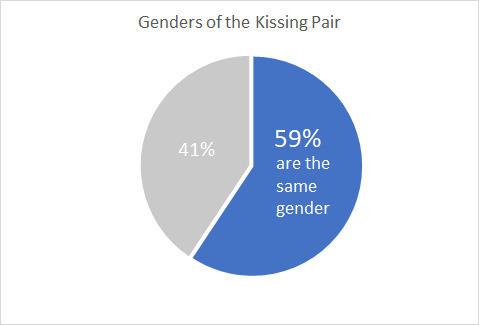
4. Our leaders for actors with the "most kissing partners" so far are:
Nanon (7 people)
Ohm (6 people)
First, Lee, New, Film, Gigie, and Namtan (5 people each)
Krist, and Fluke Pusit (4 people)
Bright, Drake, Earth, Fluke Gawin, Gun, Joss, Khaotung, Neo, Off, Sing, Tay, Jan, and Mild (3 people each)
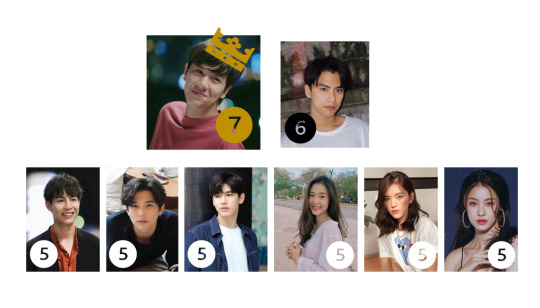
Bonus! Which of the GMMTV boys has kissed the most men?
First and Singto are tied for the win (4 each)
Then Earth, Fluke Gawin, Khaotung, Krist, Neo, and Ohm (3 each)
Then Drake, Dunk, Fluke Pusit, Gun, Mix, New, Papang, Phuwin, and Tay (2 each)
Thanks to all those who contributed!!: @airenyah, @alsoran, @bengiyo, @burnmyself, @catboykacchan, @catsundmaus, @chickenstrangers, @crowie, @dribs-and-drabbles, @jeonghanurl, @kpinhiding, @lurkingshan, @maibpenrai, @nieves-de-sugui, @non-binarypal7, @sollucets, @userneos, @tiistirtipii, @waitmyturtles, @williamrikers, @zeesqueere
and @blmpff asked to be tagged in updates!
#gmmtv multiverse#kissing multiverse#still accepting submissions if you see anything I've forgotten from GMMTV's long history#and stay tuned for how Only Friends changes things...
211 notes
·
View notes
Text
10 Historical BL
I’ve been meaning to post this draft for months but couldn’t find the time to wrap it up, so here’s a much belated reclist with some of my favourite historical titles! There’s a few others to add but I can only include 10 pics per post, so I might do a second list at some point.
An Abyss by Cha Ji-Ahn
Kinard has lived for revenge after the incident that took place ten years ago. Despite his longtime friend Raman's worries for him, he and Yesing hid their identities and strived for revenge. In doing so, he runs into Alvin, who was certain that he was fated to die.

Bongchon Bride by Son gaepi
Soongap is nearly beaten to death by his master when Bongchun buys him and saves his life. Bongchun’s blind mother is delighted, believing that her son has finally brought home a bride. The more Bongchun treats Soongap like his darling bride, the more things get heated.

Frenemies: Thicker Than Blood by Nichtigall and Hkmi
Friends, rivals... Lovers? Yeo Haon and Baek Rigon have clashed since the very first moment they met. For years, they straddled the line between enemies and friends, ignorant to what feelings had been developing deep below the surface. Yet just as soon are their eyes open to how much they mean to one another, events transpire to try keep them apart.

Into the Blue by Chan / 찬
Seok is a jovial manservant for a noble family. One day, while out on an errand, he gets a glimpse of a mysterious and alluring performer that has arrived at the market. As fate would have it, their paths will certainly cross again. But the complications of their lives and the entanglements of their relationships will mean that things will unfold in ways that are anything but easy.

Lunacy by Kie, Seonagi
Luce Kaisel is commander of the 3rd regiment of the Crimson Knights. Being the son of a woman of ill repute, Luce had always wanted to escape the judging gaze of his family and succeed on his own terms. One day, he is thrust into the position of serving Ayle Linus, the Crown Prince. Luce is commanded to play the part of Ayle’s lover, but what was supposed to be a fake affair, may create even more madness than anticipated.

Painter of the Night by Byeonduck
Since birth, Nakyum was an exceptionally talented painter. Though he had published a few collections under a pseudonym, he decided to quit painting. Then Seungho, a young nobleman, barges into his life. An infamous tyrant notorious for his insatiable lust for creativity, Seungho forces Nakyum to become his private painter. However, the nights that await Nakyum are beyond anything he could have imagined.

Still Under Silk by Snob
Yeonjo used to have it all: a highly respected family, a kind brother, and a comfortable life. Now, with his father executed for high treason, his last kin dead, and damned to a lifetime of slavery, Yeonjo has nothing to lose. All that is left is vengeance, and his chance comes when the new governor assigned to the region is none other than Kwon Hee-ryang, the man who destroyed everything Yeonjo loved.

Taming the Tiger by Brothers without a tomorrow
Ahn Geum-hoo needs a butcher to provide fresh animal blood for his sickly brother’s medicine. While most of the butchers seem reluctant to provide him with what he needs, Nobody is willing to do Geum-hoo’s bidding. With striking features and a strong build, Nobody has quite a reputation amongst the village folk. Yet, Geum-hoo finds a way to tame this wild tiger.

The Ghost’s Nocturne
As the son of King Yeom-ra of the underworld, Jae-shin has lived a hedonistic life full of ever-changing bed partners and condescension towards humans. One day, however, he crosses a line and is given a rather unusual punishment: by day, he becomes a powerless puppy, and by night, he becomes a human. The only way to escape his punishment is to win over a human’s heart, which won’t be easy, especially when the human he sets his eyes on is sweet-natured prince Lee Nok.

Under the Plum Blossom Tree by Bori, Baekha
As the son of a prestigious political figure in Joseon, Hajin has only ever been interested in studying to become like his father. That is, until he meets Namwoo, a young man who takes on various odd jobs as he struggles to pass his school exams. As they overcome hardships together and learn more about each other's history, they soon realize that their lives are intertwined in more ways than they thought.

19 notes
·
View notes
Text
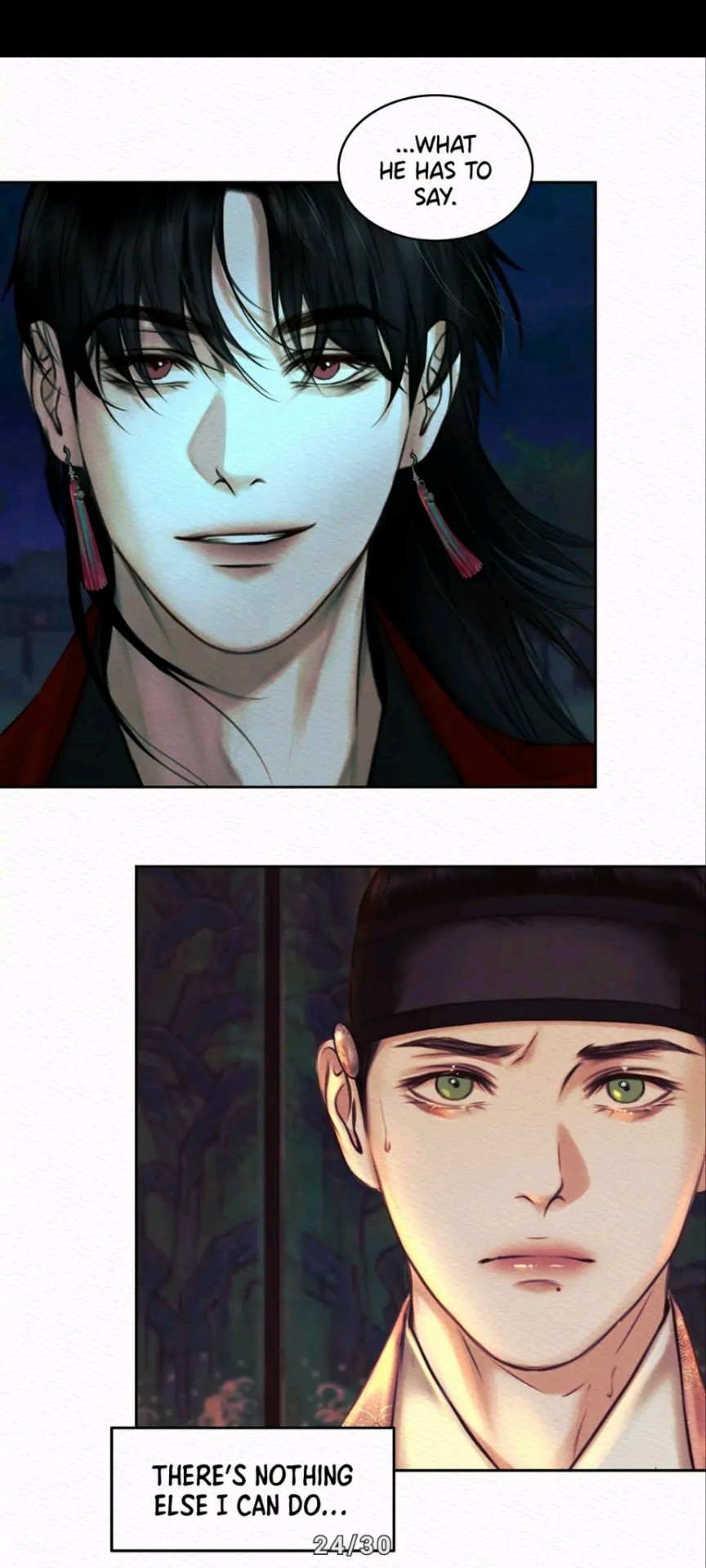
Haha the prince doesn't know what's in store for him haha
#the ghosts nocturne#jaeshin#lee nok#damm these are gpnna be death of me#JUST LOOK AT THEMMM!!!!#grrr
11 notes
·
View notes
Text






𐙚𓈒 The Ghost's Nocturne
˗ˏˋ Lee Nok X Jae Shin ˎˊ˗
#the ghost nocturne#bl manhwa#bl recommendation#manhwa#yaoi bl#yaoi#bl yaoi#yaoi manhwa#manhwa bl#yaoi love#bl love#night song#yaoi boys#manhwa recommendation
36 notes
·
View notes